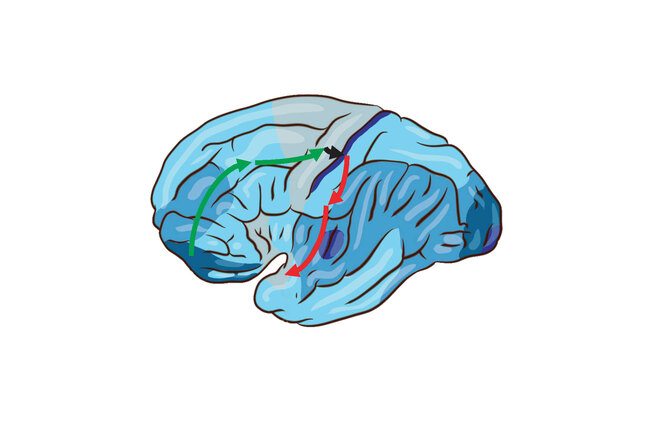As you know, the brain consumes 20% of all human energy, and actively does it even at rest when we are not doing anything. So what does the brain spend more than 90% of its energy on?

This question is answered by a neuroscientist from IBM, James Kozloski. He suggests that, in fact, the brain is constantly sending looped signals along certain paths from neurons and tissues. Kozloski likens these paths to city streets, along which the brain passes, returns, and then passes again. The pathways lead through three functional areas in the brain: sensory (what’s going on), behavioral (what I can do about it) and limbic (what it all means to me).
Do not self-medicate! In our articles we collect the latest scientific data and opinions of authoritative experts in the field of health. But remember: only a doctor can diagnose and prescribe treatment.
There are areas in the brain that absorb new information, but Kozloski argues that most of the energy is spent on cyclic processes, on “closed loops”, and not, as was thought, on more traditional methods of thinking, when the brain perceives signals from the outside world and reacts to them by giving commands to the body.
To test his theory, Kozloski ran the model through an IBM neural tissue simulator, a set of algorithms that simulate how neurons are activated in the brain.
Previously, we have seen similar brain activity on MRI scans, but a new study may help to understand what exactly is happening on these scans. Kozloski says that from an evolutionary point of view, such a strategy may allow people to predict what will happen in a new situation based on past experience. But one consequence of the new theory of brain functioning, the theory of the “closed loop”, can be extracted now. Now that we understand how neurons communicate, we can understand how they physically affect each other, and therefore understand the functioning of, for example, Huntington’s disease.
As Kozloski himself says, “we really don’t understand the mechanisms of mental health and neurodegenerative diseases. Huntington’s disease is caused by a single gene, but why it gives the effect of neurodegeneration, we do not understand.”
But if you look at Huntington’s disease through the prism of a new model, it turns out that the information produced by one wrong gene can cascade cause distortion of the entire neuropath. If a gene produces a mutated protein that changes how a neuron receives and receives signals, then this can cause a chain reaction that will affect countless other neurons, and this distortion also cannot be corrected due to a “closed loop”.
Of course, this is still just a hypothesis, but Kozloski optimistically believes that his model will help to look at the functioning of the brain from a new perspective. The scientist says that the next step will be to study how pathways in the brain are selected. As an evolutionary biologist, Kozloski believes that the choice is determined by quite objective reasons, which we do not yet fully know about.
